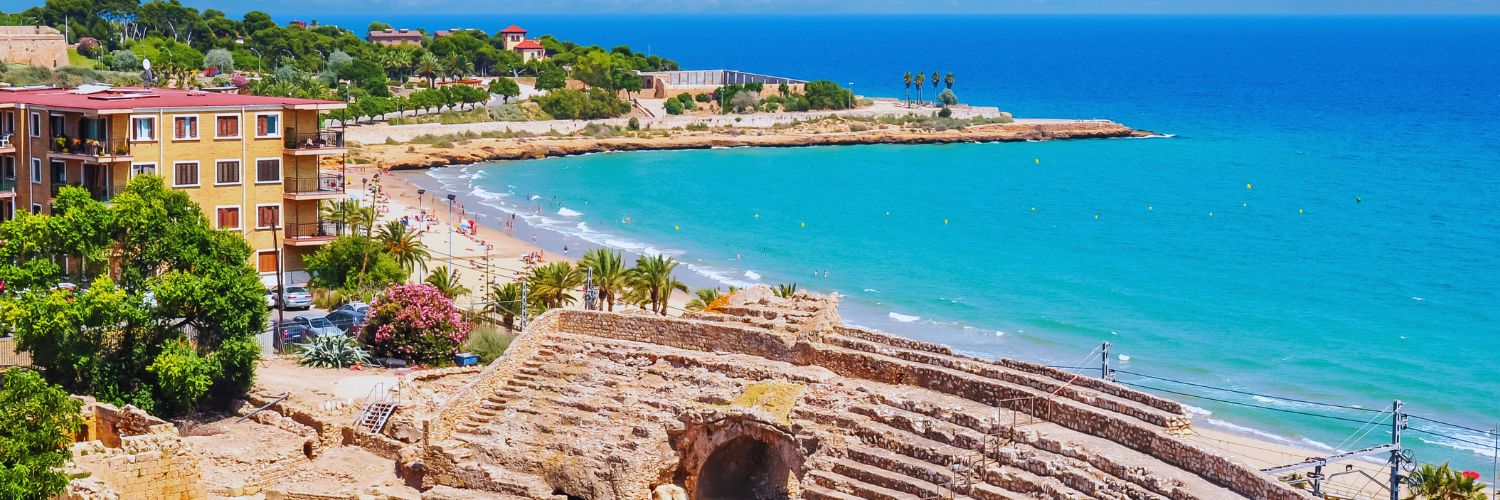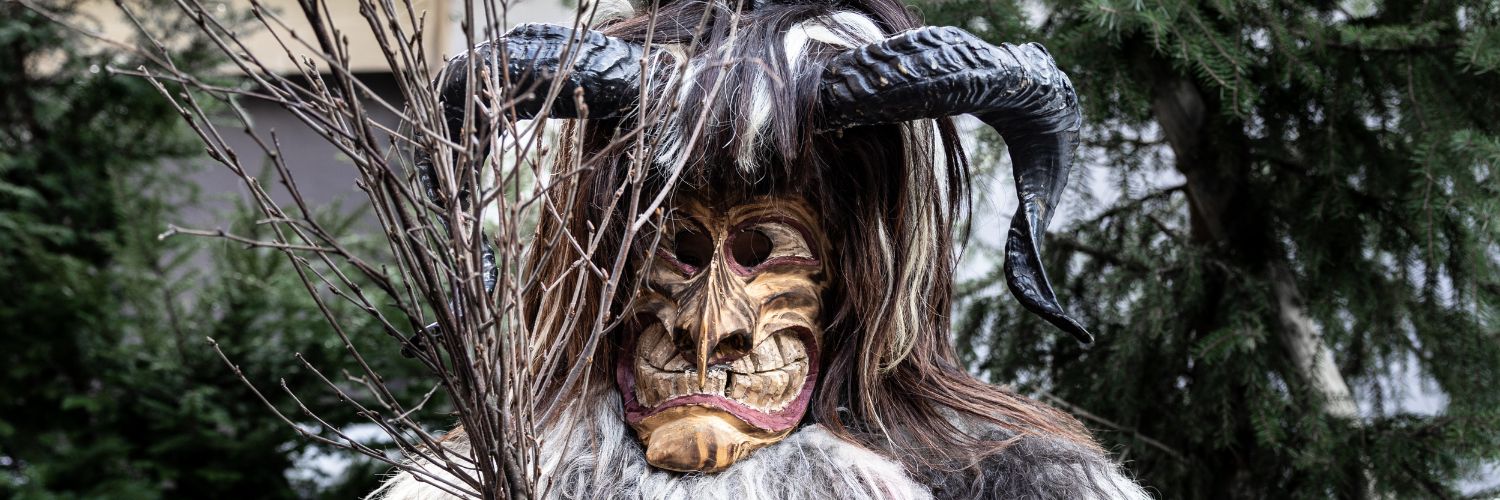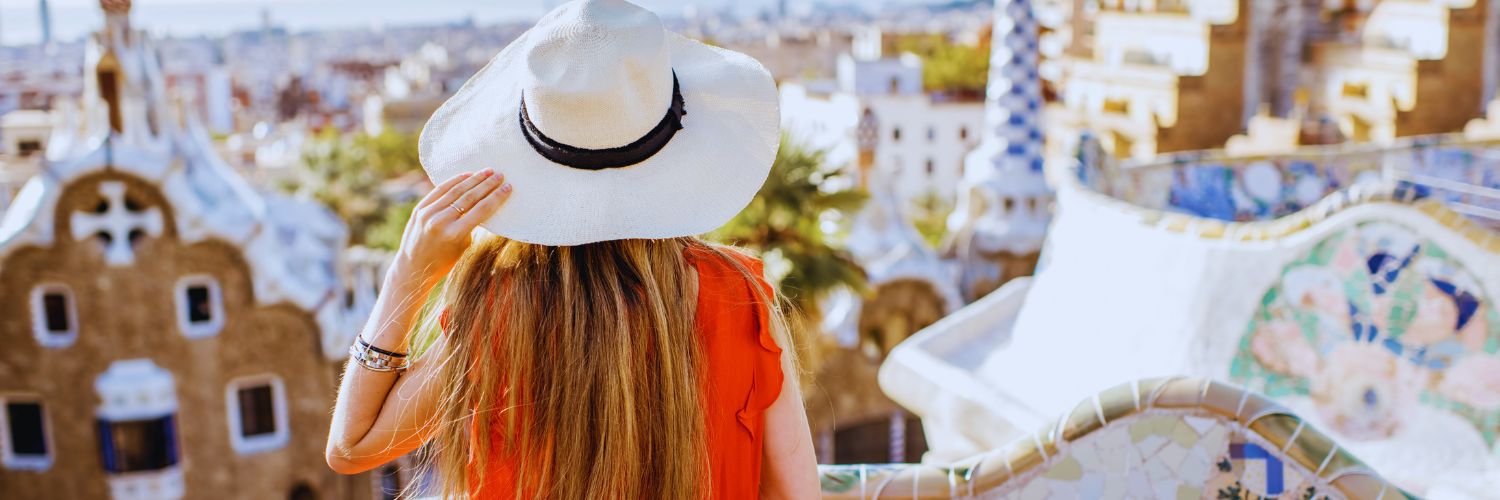Don’t miss out on the previous blog post, about one of the most charming traditions related to this time of the year, one deeply rooted in Catalan folklore!
Italy, a land steeped in rich history and vibrant culture, boasts a myriad of traditions that captivate the imagination. Among these, the story of La Befana stands out as a whimsical celebration that adds a unique touch to the Italian holiday season. La Befana, often called the Italian Christmas Witch, is a beloved character whose presence graces homes on the night of January 5th, bringing joy and surprises to children across the country.
While I was living in Italy (I as in the lovely writer of this blog post), at first I had a hard time understanding why children were getting so excited about a witch called Befana and what was so special about her. But then I learned about the presents. And the sweets. And the festivals! And now, so will you.
The Legend of La Befana
The legend of La Befana has its roots in Italian folklore, dating back centuries. According to the tale, the Three Wise Men, also known as the Magi, were journeying to find the newborn baby Jesus. They stopped at the humble abode of an old woman named Befana, seeking directions. Despite their invitation to join them, Befana declined, citing the demands of her daily chores.
Later, Befana had a change of heart and decided to join the Magi in their quest. Laden with gifts for the infant Jesus, she set out with her broomstick, intending to catch up with the wise men. However, despite her efforts, she never found them or the baby Jesus. Undeterred, Befana continues her search to this day, visiting the homes of children each year in the hopes of finding the Holy Child.
Emerging in the 13th century, this legend initially centered around Rome and its neighboring areas. However, over the past century, La Befana's celebration has transcended regional boundaries, gaining popularity throughout Italy. Today, La Befana is honored across the country, evolving into a national symbol. In the Marche, Umbria, and Latium regions, her persona is linked with the Papal States, where the significance of the Epiphany was most pronounced. Urbania is considered to be her official home.
The Night of La Befana

Before getting into more detail about the night in question, we should see what Epiphany means. Yes, it is a well-known word but it is also a Christian holiday primarily commemorating the Magi's visit to the baby Jesus and the baptism of Jesus by John the Baptist.
Epiphany is commemorated with unique pastries in numerous countries, and children frequently find small gifts tucked into their shoes as a nod to the Magi's offerings to the infant Jesus. The occasion encompasses various traditions linked to water, symbolizing Jesus' baptism, such as the ceremonial blessing of homes with holy water.
In Italy, on the night of January 5th, La Befana takes to the skies on her broomstick, flying from house to house to deliver gifts and treats to children. Families often leave out a plate of regional delicacies, such as panettone, torrone, and a glass of wine, to welcome her into their homes (this is one well-fed witch, where can I sign up for this job anyway?). La Befana is said to enter through the chimney, leaving small gifts and sweets for well-behaved children and a lump of coal for those who have been naughty.
Torrone: a highly addictive type of nougat from Italy. I will issue a warning here because once you try Torrone, you will never be the same again and will always and forever be living between two states of mind - eating Torrone and searching for it! Torrone is a traditional Italian nougat candy made from egg whites, honey, and toasted nuts - almonds, hazelnuts, pistachios, walnuts, or a combination. If this sounds good to you, wait ‘till you find out about Panforte! (Yes, I am also addicted to these, no shame in that).
The Befana Festival
La Befana's arrival is celebrated with gusto across Italy. In many towns and cities, festive parades and events are organized in her honor. These celebrations often feature colorful processions, music, and dance, creating a joyful atmosphere for locals and visitors alike. The Befana Festival is an occasion for families to come together, share traditional meals, and revel in the magic of this enchanting tradition.
As I mentioned before, no authentic Italian festival is complete without the opportunity to indulge in delicious culinary delights, and La Befana is certainly no exception. Delicacies associated with this festive occasion include sweet coal, petite cookies known as befanini, and the Befana cake—a confection featuring a sizable dried bean (Torta di Befana). The fortunate individual discovering the bean in their slice is crowned king or queen for the day.
If you are interested in partaking in the festivities of the day, I have a few suggestions for you! Maybe you wouldn’t think January is a great time to take a trip, but I would have to disagree. First of all, crowds and tourists won’t be a problem and prices are at an all-year low for non-traditional destinations (usually mountainous regions are the ones trending during this time). Secondly, Italy offers a comfortable option temperature-wise, Rome has an average high of 12°C while Florence 11°C.
So you will be able to join in the fun during the Cavalcade of the Magi in Florence, featuring around 700 individuals adorned in Renaissance attire riding horseback through the historic city center. Originating in the 15th century, the Cavalcade of the Magi was first orchestrated by the Medici family, who governed Florence during the Renaissance. A trip to Florence mixed and matched with a visit to all of the Medici family sites is one of the top things to do in Italy, so why not experience the whole package during one of the chillest and most leisurely times of the year? I recommend staying at Suite di Medici Loft, which is 100% in theme with the festivities! If you would like to see the more traditional side of the day, on Epiphany, at 10:00 am, the Pope will lead a Mass in St Peter's Basilica.
All in all, La Befana, with her benevolent spirit and enduring quest for the Christ child, has become an integral part of Italian folklore and Christmas celebrations. Her story transcends generations, enchanting both the young and the young at heart. As January 6th dawns, children wake up to discover the surprises left by the kindly Christmas Witch, marking the end of the holiday season in Italy with a touch of magic and whimsy. La Befana's legacy continues to weave its spell, ensuring that the spirit of generosity and wonder lives on in the hearts of those who embrace this charming Italian tradition.




